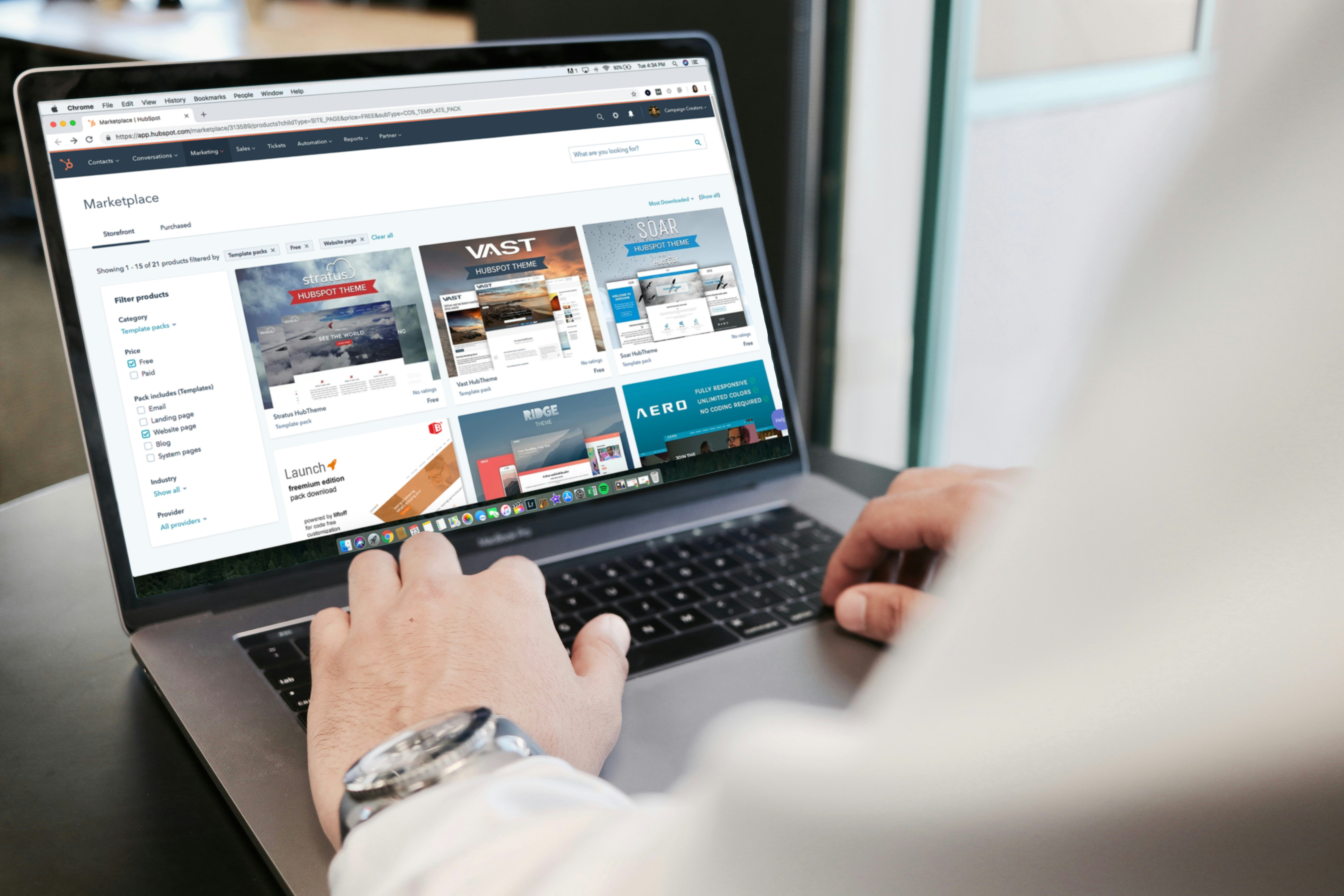Making animations interactive—such as hover-based enlargements or draggable components—creates a more dynamic experience. Motion should always respond to user actions naturally.

The Essentials of UI Animation
Great animations make user interfaces feel natural and intuitive. Understanding timing, spacing, and easing is essential to achieving smooth motion.
Start by experimenting with simple effects like fading, sliding, and scaling to see how different durations and easing settings affect user perception.
Easing for More Realistic Motion: Easing functions control how animations accelerate and decelerate. A well-placed ease-out makes elements feel responsive and natural.
Keyframes for Complex Movement: Keyframes allow for multi-step transitions, such as scaling an element while it moves across the screen.
Enhancing Interaction with Motion: A button that grows slightly when hovered or a draggable element that smoothly snaps into place makes UI feel more interactive.
Scroll-Based Animations for Immersion: Elements can fade in, slide, or transform as users scroll, making content more engaging and guiding their journey.

Animation should enhance usability, not distract from it. To achieve this, focus on timing, easing, and spacing to create smooth, natural motion.
Start small—try simple fade-ins, slides, or scaling effects to see how different speeds and easing settings influence user perception.
Success Tips
Experiment with keyframes to create animations that involve more than just one movement. For instance, create a looping animation that scales, rotates, and moves an object across the screen.
A well-animated hover effect or a draggable component that snaps into position improves the user experience.
Posted on:
November 12, 2024
